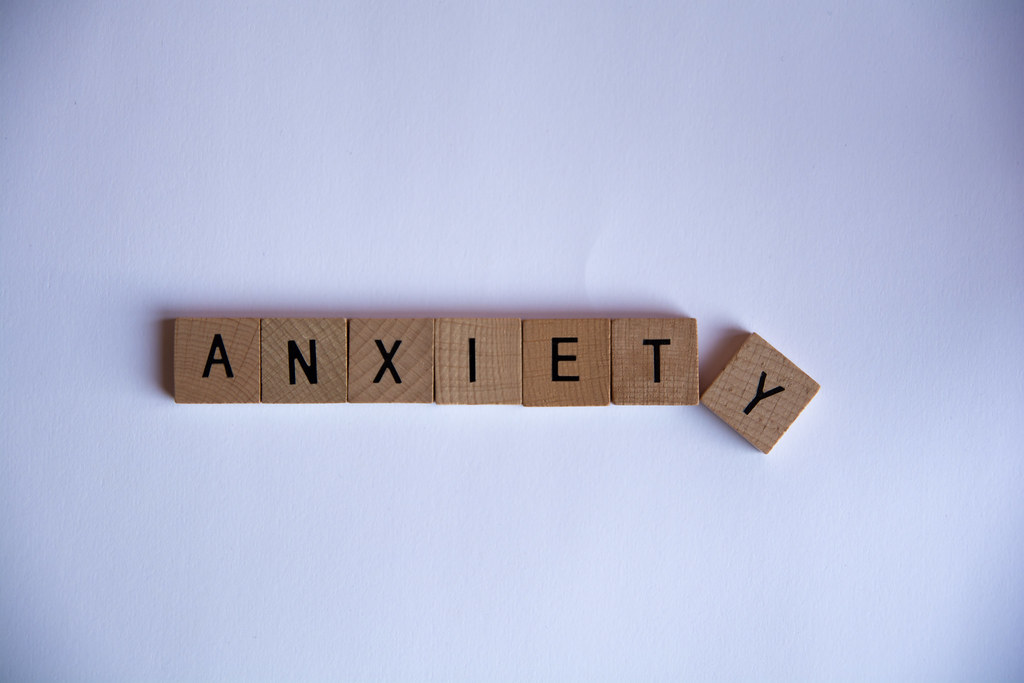
Facing those situations you tend to avoid is an essential part of overcoming anxiety. Often people believe that anxiety levels in a situation will keep on increasing and the only way to cope is to escape.
Avoidance is reinforced because it relieves anxiety, but it is only a short term solution for two reasons:
1. Avoidance maintains anxiety and can even make it worse. Avoiding situations that make us anxious prevents us from discovering that what one fears is unlikely to occur and that fear is manageable.
2. We miss out on living life to the fullest as our avoidance generalises and makes us more limited in what we can and can’t do.
In order to ‘avoid avoidance’, we need to re-expose ourselves to our feared situations. This can be done through Exposure.
Exposure- that sounds terrifying!!
Things to keep in mind
1. Staying in a situation long enough would result in a decrease in fear and the next time will not be as anxiety provoking.
2. When starting exposure, it is best to start with the least anxiety provoking situation (or the easiest) and when you feel more comfortable in that situation, you work on the next step.
3. Making a list of least to most difficult situations (exposure hierarchy) will keep you on track with your goals. When you put yourself in the situation, you must use helpful strategies (like breathing, imagery, distraction) to cope with the anxious feeling, and stay in the situation until you feel OK, or can tolerate it.

4. Remember, if you leave the situation because you feel overwhelmed, you are rewarding your avoidance behaviour and the anxiety will only get stronger. If this happens, you need to start with an easier situation that you can tolerate, but is uncomfortable.
Having a friend come along can also make it easier, until you feel confident to try it on your own. Visualising yourself coping in the situation can also help, before you try it in real life.
5. If you do nothing but exposure, you will notice your anxiety dissipate. If you continue to avoid situations, your anxiety is unlikely to reduce significantly, even if you do other helpful strategies. Facing your fears is a must.
6. It is important to be aware of any safety behaviours that you may be using to assist in managing your anxiety (e.g. always taking your friend with you shopping).
Subjects and units of distress
After thinking about the situations that you fear and avoid, it is important to indicate how much distress or anxiety you feel in each of those situations by giving them a rating on a scale of 0 to 100. These are what the ratings typically mean
0= you are feeling relaxed
25-49- Mild distress: You can still cope with the situation and can use skills you’ve learned
50-64- Moderate distress: The anxiety is distracting, but you are still aware of your surroundings and situation you are in
65-84- High distress: It is becoming difficult to concentrate and you begin thinking about escaping the situation
85-100- Extreme distress: The anxiety is so overwhelming and you just need to get out to cope.
Flooding and gradual exposure
Exposure to feared situations involves putting yourself in the situation that creates anxiety and then allowing the anxiety to come and eventually reduce or pass.
There are two types of exposure therapy:
1. Flooding involves jumping in at the deep end of your fears
2. Gradual exposure involves working towards your biggest fears gradually. This is recommended when you are doing it independently outside of a structured therapy process.

Jumping in or step by step
Some people might tell you to face your biggest fear by “jumping in the deep end” and get it over and done with. However, this approach may not be helpful for many people and a step by step approach is more suitable, which some people call “Graded exposure”.
By using graded exposure, you expose yourself to situations that make you somewhat anxious and work your way up to more challenging situations. This allows you to build confidence in your ability to manage your anxiety in different situations, use skills you have learned and challenge your fears about each situational exposure. By doing this repetitively and in a structured manner, you are likely to face your fears over time and remain comfortable in a variety of situations.
How to do ‘Gradual exposure’
Make a list of your feared situations that you would like to work on from least anxiety provoking (or easiest to do, at the bottom), to the most anxiety provoking (or most difficult to do, at the top).
The numbers at the side of the list refer to the intensity of the anxiety felt in each situation. 0= no anxiety and 100= most intense anxiety.
The list must be behavioural goals and can be broken down by varying the following:
- Distance from home
- Proximity to an exit or ease of escape
- Time of the day
- Length of time
- Number of people
- Accompanied or alone
Try turning your feared situations into goals that you would like to work towards. E.g. You may want to go to a restaurant with a friend and have dinner and dessert, which has a distress rating of 80. When you are developing a goal, it helps to break them down and make them a SMART goal (refer to our article on SMART goal setting.
For example: John fears social situations where he may have to interact with others
This is a great example of an exposure hierarchy using graded exposure
100-Making a speech at work in the afternoon
80- Going to a crowded shopping centre and talk to the information desk
60- Going to the corner store and talk to the cashier for 5 minutes in the morning
40- Making a phone call to a business in the morning
30- Talking on the phone to an acquaintance for 15 minutes in the afternoon
20- Talking on the phone to an acquaintance for 5 minutes in the morning
0- Talking on the phone to my best friend for 10 minutes
Once you have made your exposure hierarchy list of feared situations, it is time to practice being in the least difficult situation (the bottom of the list).

- If this seems too difficult, you could try visualising yourself in the situation first or taking a friend along with you.
- If this still seems too difficult, you need to rewrite your list and start with an easier situation. Or try and break down the first situation into even smaller steps.
- Choose a step that you are 70-80% confident you can complete.
- When you are in the situation, you need to stay as long as you can and don’t go until the anxiety reduces a little, and you get used to it or can tolerate the feeling.
- Don’t leave because you feel anxious. Remind yourself you won’t get hurt and that it won’t last forever.
- If you leave because you can’t tolerate the anxiety, you are rewarding your avoidance behaviour. Next time you try this, it will be even harder. But all is not lost- you can just start again with an easier situation. This is a time where trial and error are an important part of learning. Do not give up.
You can do some slow breathing or mindfulness or follow steps from our article called “10 tips on reducing anxiety quickly”.
Practice and repeat until this situation is ‘easy’ to handle. Then go on to your next step in the exposure hierarchy only when you have practiced the previous steps many times over many days and feel confident in your ability to manage your anxiety.
There are some principles of exposure that can help in making this intervention successful:
- Prolonged is better than brief
- If brief, it needs to be repeated several times
- Regular- daily practice
- Graded
- Terminate when anxiety is low rather than when anxiety is high
Keeping record
1. It is important to keep track of your progress as this will assist you in determining if the exposure is working.
2. Rate levels of anxiety before, during, and after each exercise. You can use the SUDS- subjective units of distress scale that we talked about earlier to help with this process.










